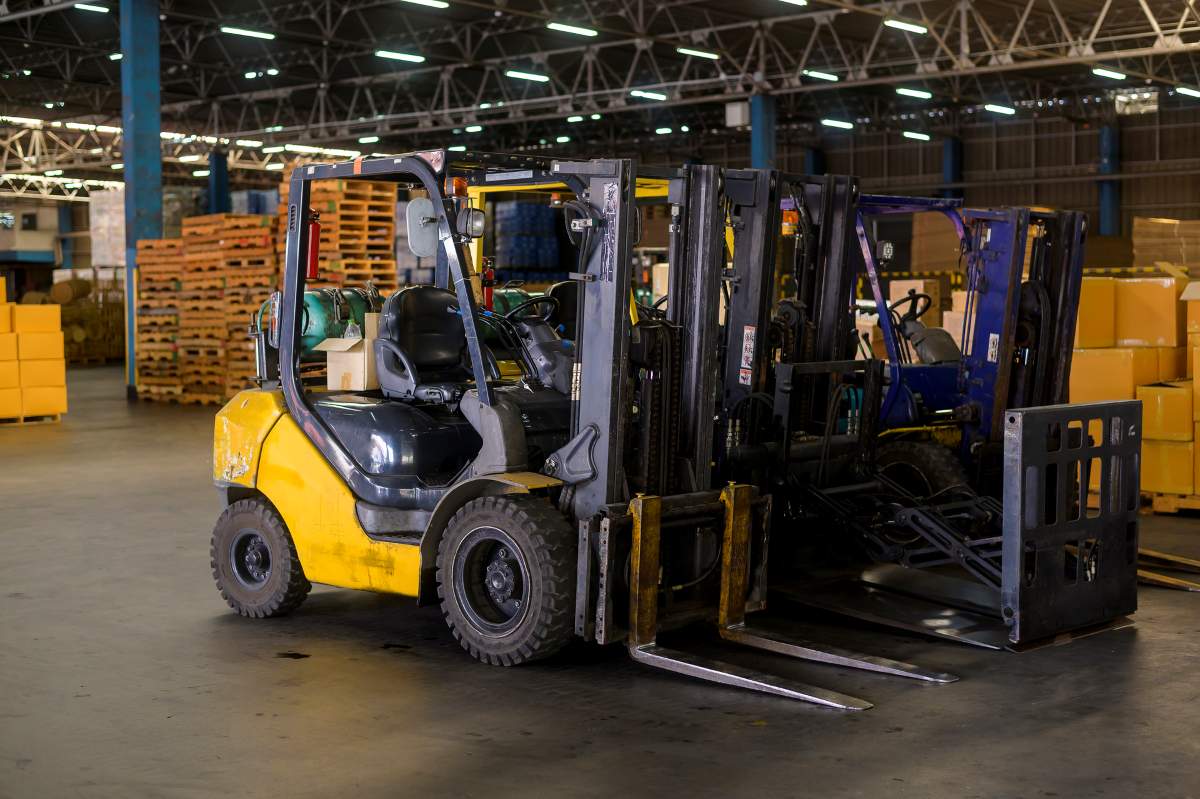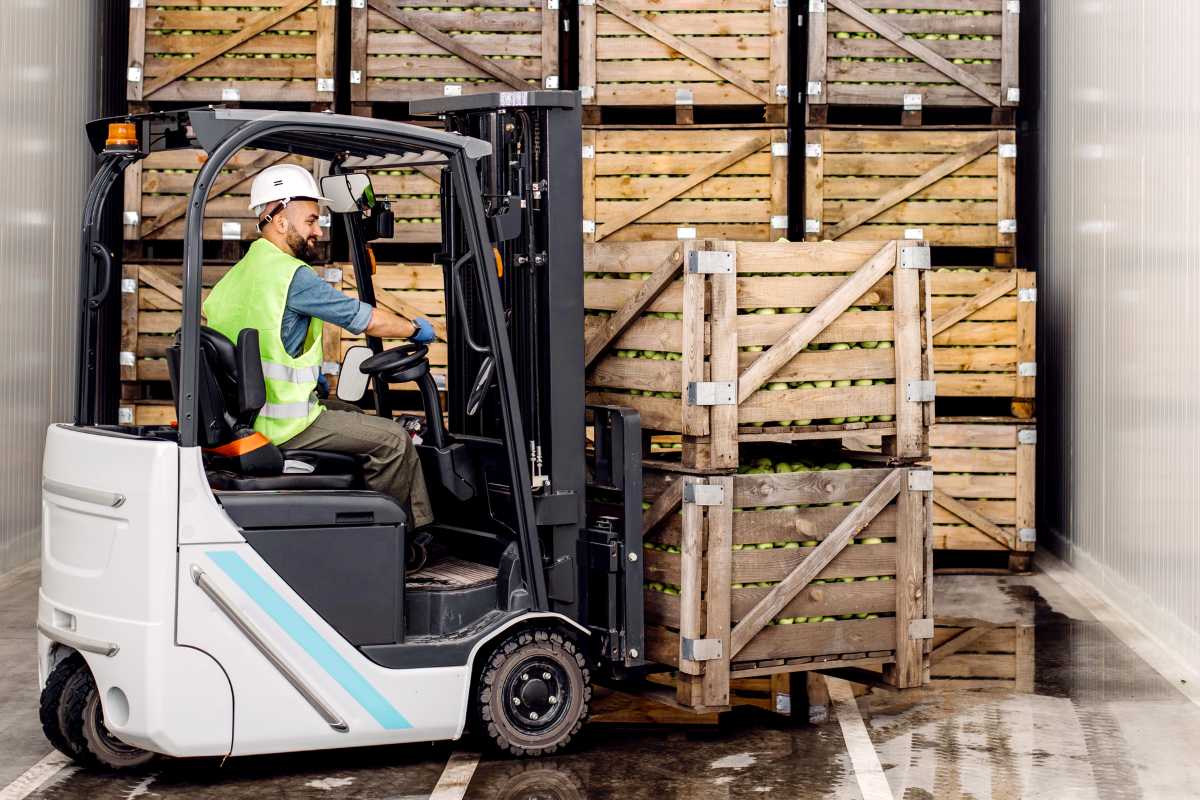You’ve likely heard of a forklift and pallet truck, but what exactly is a ppt truck? This guide will discuss PPTs and their primary functions in the workplace. In a workplace that requires the use of motorised machinery, like factory floors and warehouses, you’ll often find several other vehicles besides forklifts. Although PPTs are a type of forklift, there are a few things that differentiate them. PPT is an abbreviated term for a powered pallet truck, and they’re used for moving and lifting loads. PPTs aren’t as heavy-duty as forklifts, so they’re best suited for light-duty operations. Many may get confused between PPTs and forklifts, as their functions are very similar. To clear the confusion, keep reading to learn more about powered pallet trucks!
Functions of a Powered Pallet Truck
PPTs are relatively easy to operate and incredibly convenient in large spaces. Ppt truck are also commonly used in conjunction with a forklift, allowing for seamless transportation of loads. If the PPT doesn’t have a step stool-like portion for the operator to stand on, they can either walk beside or behind the truck. The primary functions of a powered pallet truck are to transport and lift goods. This type of vehicle must be only used for low-duty operations, as loading them beyond their capacity can result in malfunctioning and injure the person operating the vehicle (and possibly pedestrians).
Types of Pallet Trucks
Besides a powered pallet truck, there are dozens of other warehouse vehicles that serve similar and different purposes. Having these vehicles ensures operations are time-efficient and allows staff to carry out duties in a safer way.
Weighing Scale Truck
Weighing scale trucks are incredibly nifty, as it shows the weight of the loads being transported. Not only does this type of pallet truck ensure that capacity isn’t being exceeded, but it also comes in handy if you need to weigh something but don’t have a scale on hand at the time.
Hand Pallet Truck
Hand pallet trucks are the smaller variety, making them perfect if you need to take them with you somewhere (they’re also relatively light, so you don’t need to worry about not being able to transport them without hassle).
These pallet trucks are operated manually, with a movement similar to pushing a shopping cart. The operator can simply load the pallet truck and move it to the relevant location, making a hand pallet truck great for loading and transporting standard to heavier goods.
High-Lift Pallet Truck
High-lift pallet trucks ensure that loads can be lifted appropriately and safely. Continuously picking up loads from ground level can result in injuries, stiffness, and pain, and using a high-lift pallet truck can help reduce the risk of injury and discomfort.
How to Get a PPT License
For you to operate any piece of machinery legally and safely, it’s a mandatory requirement for you to have a license to do so. Operating a PPT or forklift without a license puts you and pedestrians at risk of severe injury. So, you must be certified.
Here are the steps for receiving PPT certification:
- Attend theory training
- Pass the written exam
- Attend practical training
- Pass the final assessment
Ensuring you have a license/certification is key, as you won’t be permitted to operate any vehicle without the relevant certification.
1. Attend Theory Training
Your theory training consists of regular classroom processes, where you’ll sit and receive lectures based on the forklift/pallet truck you’re training for. Formal instruction doesn’t take long to complete, typically ranging between a couple of hours to a few days.
It’s essential that you pay full attention during your formal instruction, as this is the foundation of your PPT training and you’ll have to apply the content you learn to practice later in the training process.
2. Pass the Written Exam
After formal instruction is completed, you’re required to write an exam or questionnaire that tests your knowledge of the relevant subjects. Grading standards can vary from institution to institution, but the pass mark is usually 75%.
3. Attend Practical Training
The practical training involves applying PPT practices to real life. Your hands-on training is what will give you confidence in your PPT-operating skills, so it’s crucial to take this part of training incredibly seriously.
4. Pass the Final Assessment
The final assessment involves a trainer or facilitator that grades you based on how well you can operate a PPT. If you pass this step in training, you’ll finally be granted your certification and are fully qualified to use a PPT.
Final Thoughts
There are plenty of forklifts and pallet trucks that have similar uses, so it can be tricky to differentiate them. Although the varieties can be confusing, you now know what PPT is and its primary functions! No longer will you see the phrase ‘PPT’ and think to yourself, what is PPT, because you have learnt the answer from us at Acclaim Handling.






